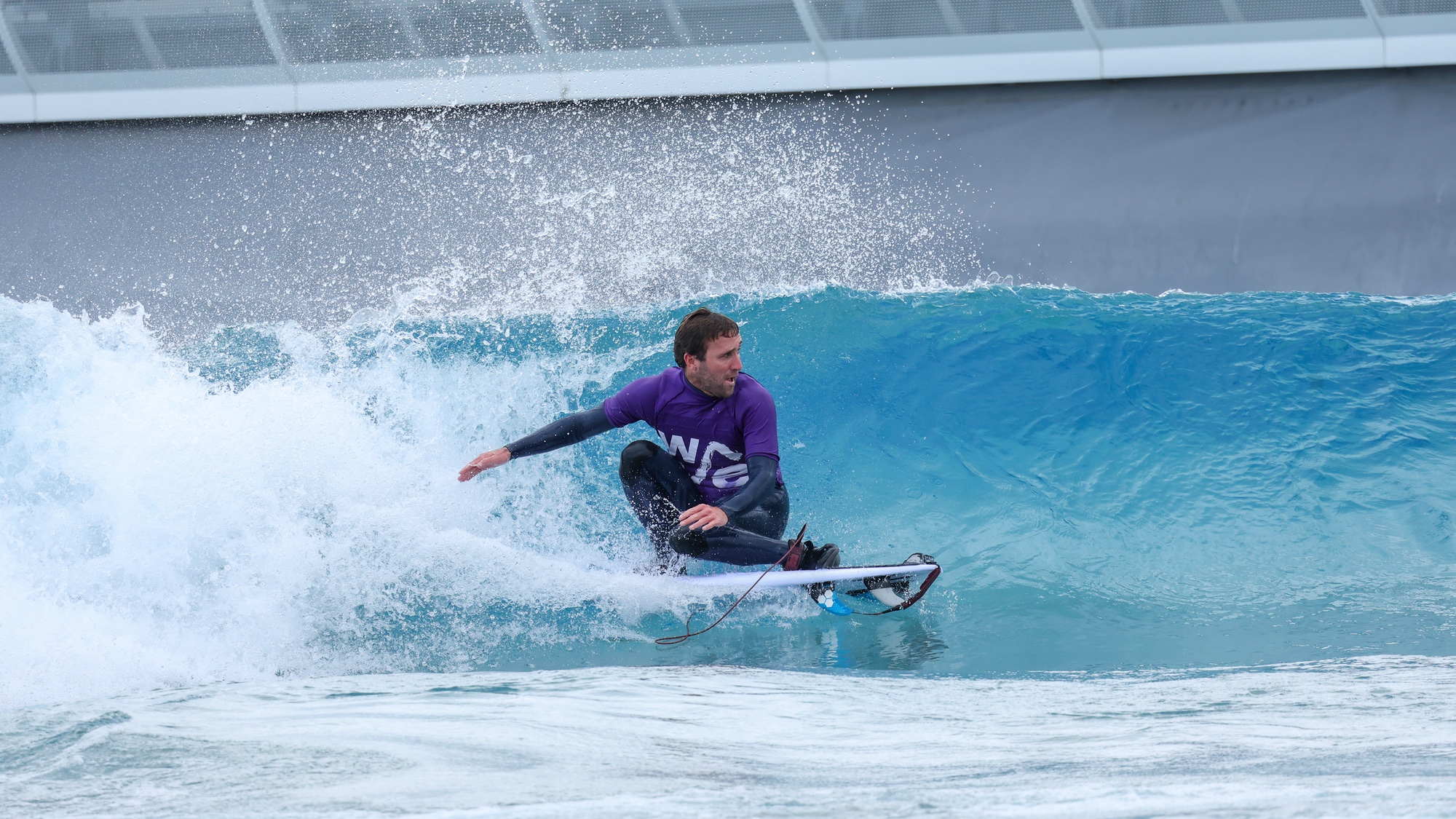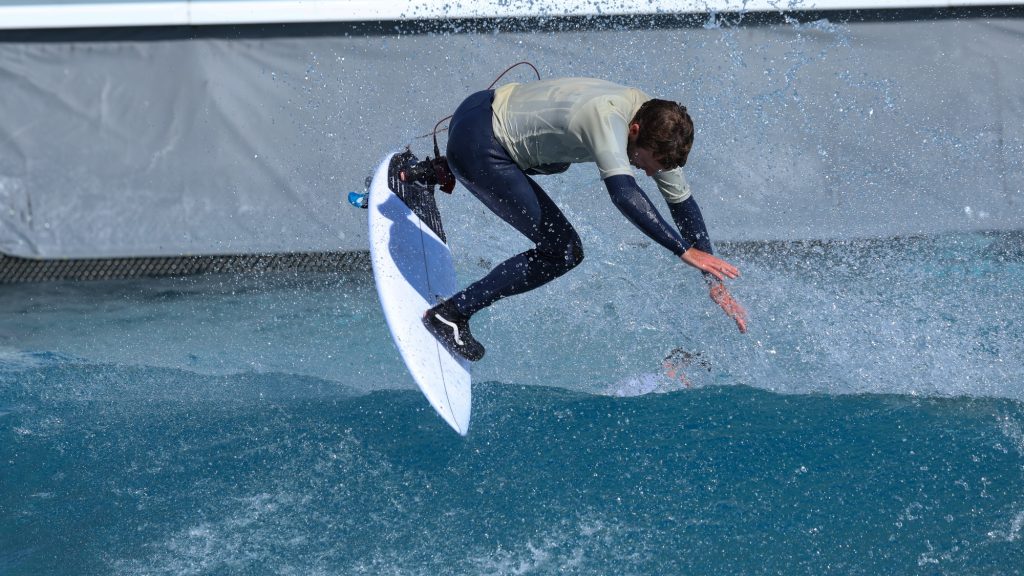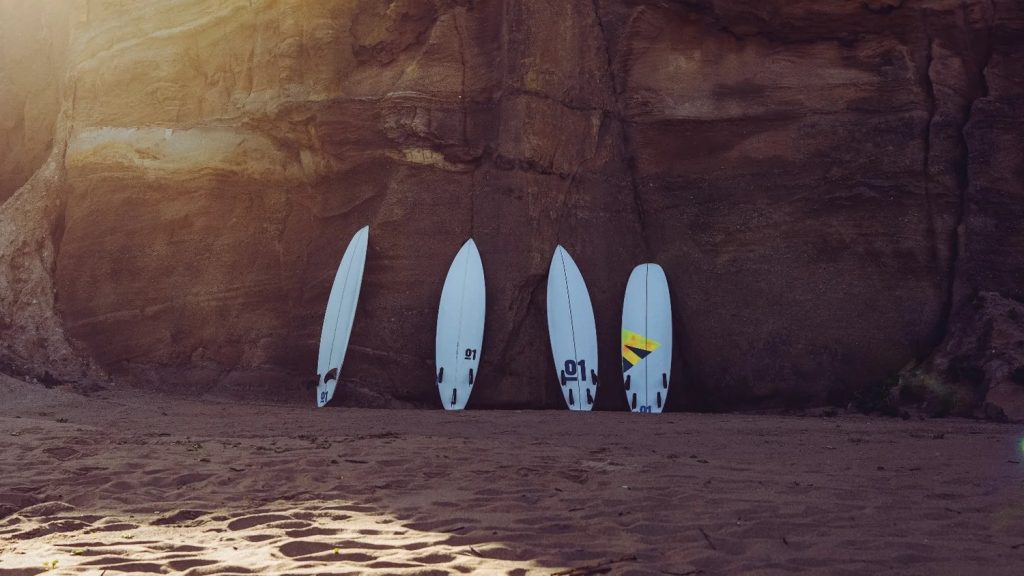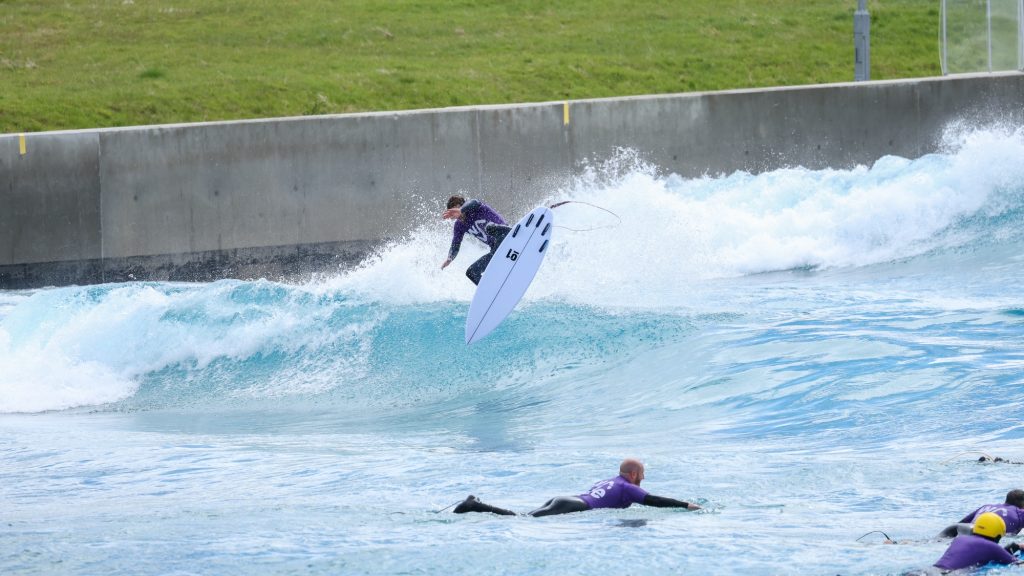Surf journo makes board, does pool test, hits the big, red “question-everything” button

“Good surfing” is hard to define. But let’s try anyway.
It’s when a surfer correctly predicts what a wave will do and contorts their body in a way that creates the intended interaction between that wave and their surfboard.
It looks different for every individual, but that about sums it up, no?
Surfers have ideas about how they want to ride a wave. Surfboards are designed for certain types of surfing. Waves can allow or disallow certain maneuvers. Board. Body. Wave. Three variables, all with limitations, all interplaying, all the time.
When you get it right, it’s a treat.
Ocean literacy takes decades to master. Physical skill takes years to cultivate, and must be ardently maintained. A surfboard can be acquired simply walking into a place of commerce and pressing a small rectangle of plastic near a device known as a card reader.

This accessibility is a surfboard’s blessing and a curse — you can quickly get a new one and change your surfing to some degree.
Last month, for the first time in my life, I went to a pool with a brand new board. The pool: The Wave, in Bristol. The board: a 5’8” from my new project, Surf Custom. The premise of SC is simple: Make surfboard design accessible to everyone. Given the state of surfboard manufacturing today, with a ton of white-label factories powered by CAD/CAM technology, I wanted to create a tool that would allow everyday surfers to put their own theories to the test with hyper-individualized boards.
The first thing I learned was that the anxiety of putting a tail pad on a board is dramatically enhanced when perfect waves are tapering before you.
The second thing I learned is that I liked the board.
The third thing I learned is that I had no idea how the board would feel in the ocean. This caught me off guard.

It’s clear that wave pools are fun. And it’s clear that they’re great for training. In my opinion, it remains unclear how they can best serve surfboard design.
The controlled environment certainly allows for more objective A-B testing. This board is faster that board, that board is looser with these fins, etc. But whether or not those things will feel good in different environments is a different question. Predictability is a luxury that the ocean will not concede.
Days later, I got the board in the ocean. I love the speeds it can reach when a wall stretches out in front of me. I love the drive it has off the bottom. I don’t love how boat-ish it feels in steep sections, and I struggle to hold carves through flatter faces on it. These are things I did not detect in the pool.

However subtle, I think there are some takeaways here.
By this very website’s count, there are currently 17 wave pools opening just this year alone in 10 different countries. We know there are already pool-raised rippers, and can presume there will be many more in the coming years.
Surfboards are already designed for everything from Pipeline to the Eisbach. Why not design one for your local surf park — or even your favorite setting? It’d be a trap to let ocean boards exert too much influence on pool boards. We can do better than constructing the same shapes in EPS and calling it a day.
What exactly will the future of pool boards hold?
It’s hard to say exactly, but here’s to hoping it takes many forms.
Related Coverage
